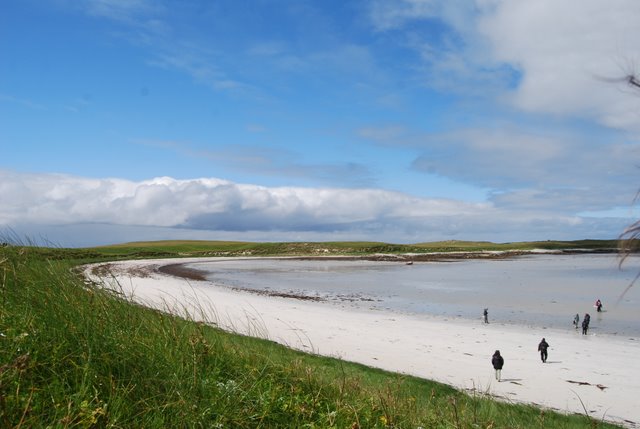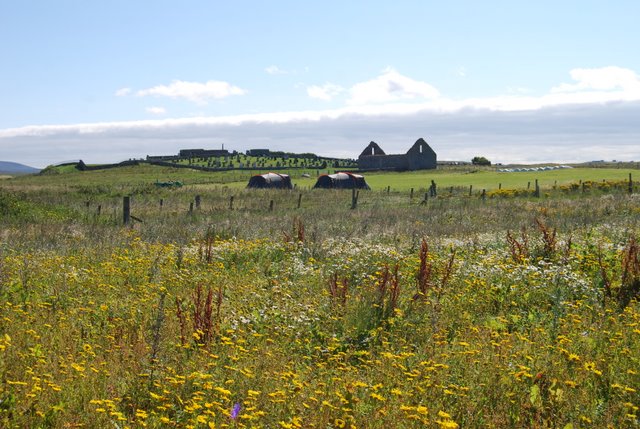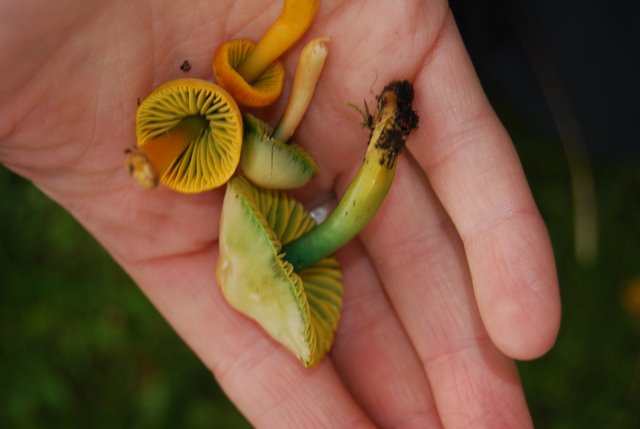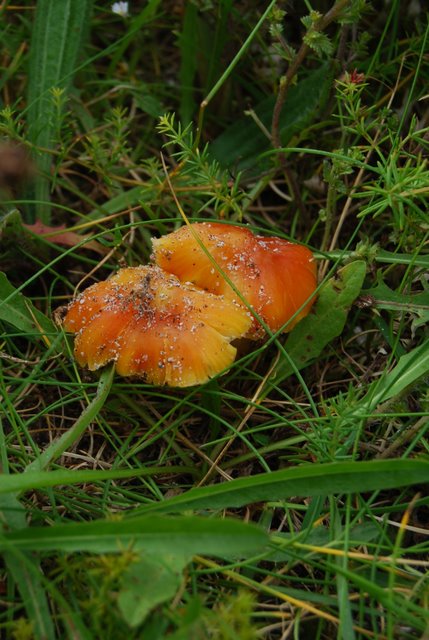Hello again, this is Ali the Grassland Fungi apprentice!
This has been such an exciting time of the year…so many fungi are fruiting at the moment.
But before I get carried away writing about them I wanted to share a bit about our joint apprentice trip to the Uist in August. It was great fun, we camped near the beach and surveyed and explored the nearby coastline. We also some community events.
My words might not do it justise so here’s some pictures
The beautiful beaches!

Our campsite!! Next to the Machair and the sea. Look at all those corn marigolds!!

The Machair is amazing. Its one of the rarest European habitats and most of it is found in the Outer Hebrides. Its formed mainly by the wind blowing sand which is 90% seashell on top of the normally acidic peaty soil. Resulting in calcium rich fertile ground. Great for growing crops and also brilliant for certain plants fungi and other wildlife. Its also developed and maintained by the crofting practice which is small scale, low intensive and works with rotating crops and using natural slow release fertilisers such as sea weed. The delicate ecosystem of the Machair could easily be destroyed by modern intensive agriculture. So its thanks to the crofters and the work of conservation organisations that we can still see it today.
Heres some fungi that I found on the Uist.
They are called Waxcaps (or hygrocybes) and are incredibly beautiful. Some people call them the orchids of the fungi world. Most of the waxcaps are very sensitive to the application of artificial fertilisers and so are good indicators of grassland that hasn’t been improved.
This is Hygrocybe psitticina, the parrot waxcap. Its easy to tell cause of its widly spaced yellow gills, a sticky cap and stem and its green colourings. Its common so look out for it..it might be in your garden!!


Hygrocybe persistens is in the bottom pic! You can see how sticky the cap is as sand has stuck to it. A test to see if a fungi is ‘visid’ (sticky) is to put it on your lips and see if it sticks. Kissing the fungi if you like (I particularly like this part ;P )
Since I’ve been back I’ve been out surveying NTS properties and have found all sorts of weird and wonderful fungi, which I’ve been trying to indentify.
I’ll save them for next time along with some ID tips for figuring out which fungi it is!
Cheers
Ali
